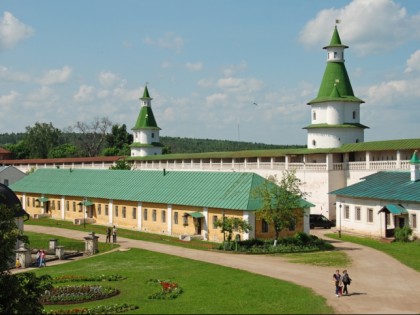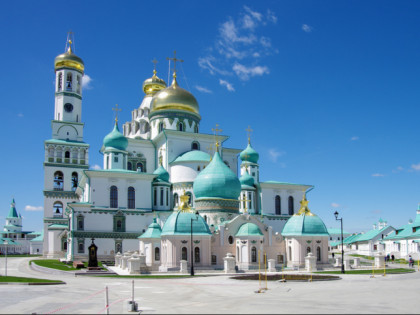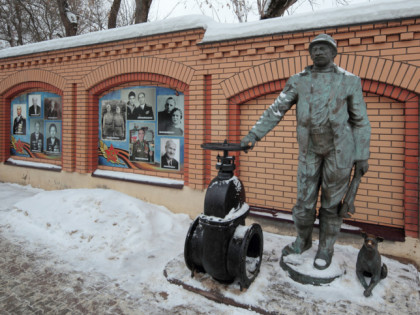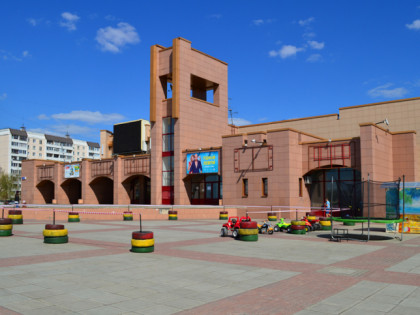Istra: The Image of the Holy Places of Jerusalem on the Russian Land
Istra, a town located 40 kilometers from Moscow, has changed its name several times. It owes its last name to Istra River which flows through the town. In the XVII century, Patriarch Nikon chose a hill over this river to recreate here a complex of holy places of Palestine. So one of the main shrines of the Orthodox Church in Russia, the New Jerusalem Monastery appeared. The town is worth a visit to see a unique monastery, walk through the picturesque surroundings and, perhaps, have a lunch in the monastery refectory.
See all
Restaurants

Belyj Lis
Restaurant • Banquet room • Pub
+7 916 6845420
Payment methods:

Davydov
Coffee shop • Café • Catering
+7 926 64796
Payment methods:

Ресторан "Винский Подрум"
Restaurant • Family restaurant • Wine bar • Café
+7 498 3164141
Payment methods:

Kruassan
Patisserie • Café
+7 985 1495915
Payment methods:
All sights in IstraSee all
Places of interest in Istra
Nearby
Cities near Istra





 Museums and Exhibitions
Museums and Exhibitions
 Other places
Other places
 Architectural Monuments
Architectural Monuments
 Temples and places of worship
Temples and places of worship